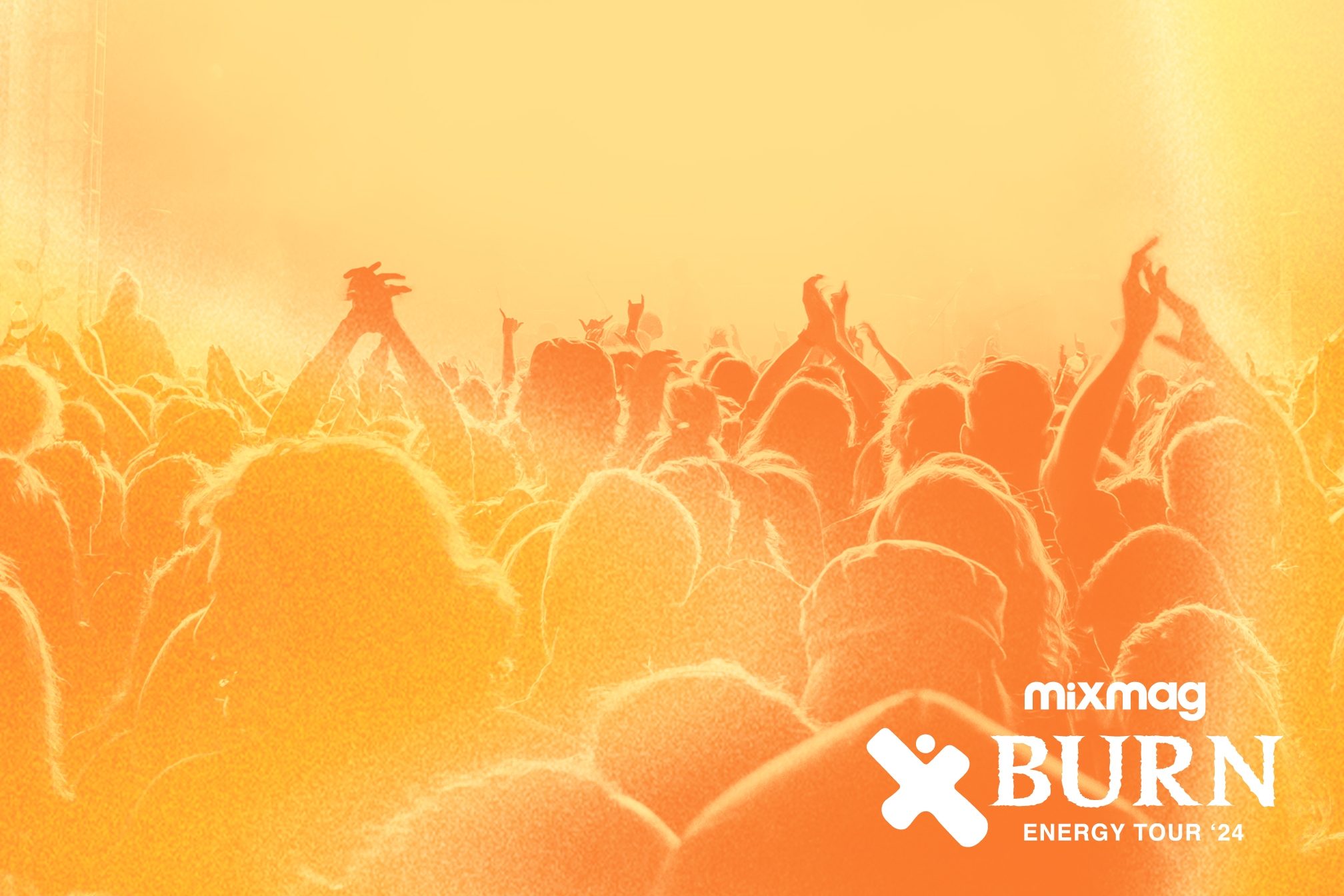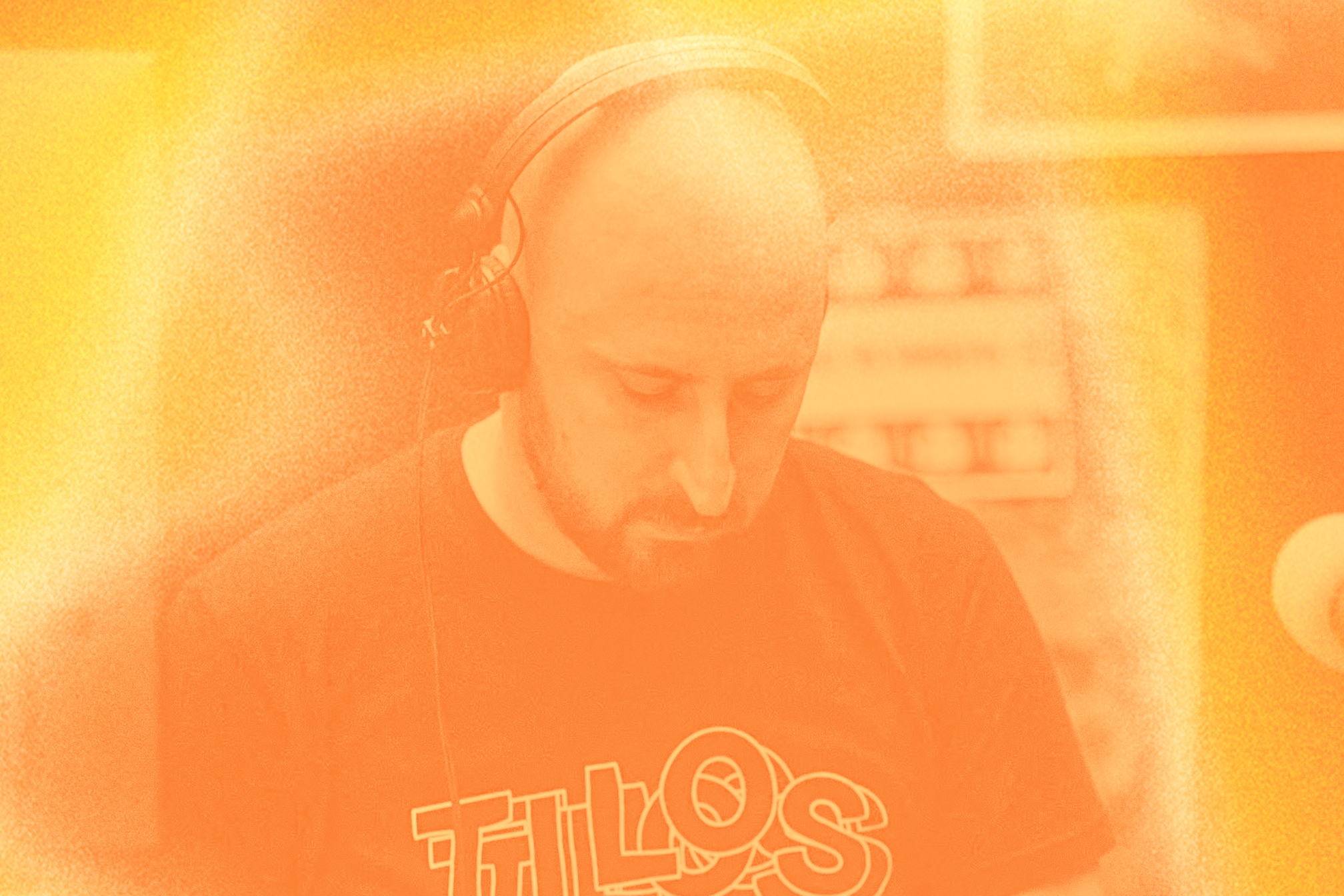 Features
Features
Budapest’s thriving drum ‘n’ bass scene is energising the city’s youth culture
Ahead of our first stop on the Burn Energy Tour in Budapest, we look at the Hungarian capital’s deep-rooted relationship with drum ‘n’ bass, and how the city’s youth is keeping it alive today
In its heyday, Budapest’s Tilos Rádió marked a crucial cultural moment for dance music in Hungary. Instrumental to connecting the city’s early electronic scenes, the pirate radio station brought never-before-heard music to the masses through the ‘90s, marking a pivotal turning point for many who grew up in a time dominated by folk and pop culture in Hungary. “Growing up in a small town, my main access to music was through radio,” says Hungary-born DJ and promoter Mentalien, real name Gergo Farkas, who has been a key figure in Budapest’s drum ‘n’ bass scene for the past 20 years. “By using some tricks at home, I occasionally managed to tune into the legendary community radio station.”
Radio stations like Tilos made groundbreaking strides in bringing dance music to the mainstream in the 1990s — initially done illegally through pirate channels. Today, the station still operates alongside more recently launched frequencies like independent community station Lahmacun radio, who continue to carry the torch for those who laid the foundations, eager to put a spotlight on Hungary's rising DJs and producers. Gergo, and many others in Hungary, discovered a new love for the fast-paced sounds of drum ‘n’ bass and jungle through outlets such as these, with additional help from online forums and music platforms.
“As I delved deeper into the drum ‘n’ bass scene, I became an active member of the main online social hub for Hungarian d'n'b heads at that time, drumandbass.hu. It played a role in connecting me with like-minded enthusiasts,” he says. With this burgeoning new drum ‘n’ bass community emerging in Budapest in the late ‘90s, the progressive sound ushered in a fresh feeling of free social and cultural expression that, as with other Eastern Bloc nations, hadn’t existed as emphatically under communist rule pre-’89.
As one of the city’s formative dance music genres, Budapest has had a fixation for drum ‘n’ bass ever since. For the younger generation today, the same level of enthusiasm exists for the sound as it did in its development, thanks to emergent DJs in the genre, new venues like Hungary's largest indoor club Arzenál with its focus on breakneck sounds, and a re-energised, post-pandemic love for going out. “The scene is vibrating,” says drum ‘n’ bass DJ, producer, and radio host, Bug.
“It’s more open than ever before, and people are more inclusive thanks to current trends. Young organisers and artists, who are trying to revive the feeling we experienced as ravers before COVID, are starting to make their way up in the scene with a fresh and motivated mindset among those more established,” she says. “We’ve never been more excited about the future as we are now”.

Often thought of as an entryway for young music fans into more widespread club sounds like house and techno – both of which also thrive in Budapest, Bug notes – drum ‘n’ bass is also taking over the mainstream. “Big DJs are starting to play more drum ‘n’ bass tracks in their sets, which is cool because they’re introducing the genre to the younger generation from other audiences, too,” she says. “The mainstream media also uses the sound a lot both on the radio and TV.”
In Eastern Europe, the hard, fast, and euphoric sounds of genres like hard techno and jungle have taken hold of major cities and their dance music scenes – Warsaw, Kyiv, and Belgrade are just a handful of examples where these fast-paced genres are bubbling. “Like many other central and Eastern Europeans, Hungarians are drawn to the more energetic, intense, and harder side of electronic music,” says Gergo. “Perhaps because it offers an escape from the harsh realities of life here. So, when people take their first steps into electronic music, they often find themselves quickly pulled into drum ‘n’ bass.”
For Budapest-based DJ Shaymi, a resident of drum 'n' bass party Bladerunnaz, she’s also noticed a shift in drive toward these faster sonics across Eastern Europe. “During recent performances in Slovakia and the Czech Republic, I’ve noticed that drum ‘n’ bass is strong in Eastern Europe overall, and this year it’s grown even faster than before,” she explains. “I remember how much this genre gave me when I was young, and I want to try to pass that on to the next generation.”
Since 1999, Bladerunnaz has operated as a regular party series in Budapest featuring both local emerging and established talent on its line-ups, standing as one of the largest and most renowned drum ‘n’ bass parties this side of Europe. Shaymi has been part of the regular crew for several years, owing some of her biggest performances to date to the support of these events, playing shows alongside the likes of Chase & Status, DubFx, Netsky, Grafix, Hedex, who returns to the city as part of the Burn Energy Tour '24 this month, and many more.
“The Bladerunnaz crew organise the best parties in Budapest,” she says. “I believe that the drum ‘n’ bass scene is growing quite rapidly, and this is maybe due to the fact that Bladerunnaz always strive to bring in the best and most popular artists. At the same time, they're also open to new, emerging artists, so everyone can find something they like, which attracts younger audiences,” she adds, giving a nod to the team’s 25-year stronghold of the drum ‘n’ bass scene.

Arzenál, one of Budapest's forerunning clubs for bass music housed inside a historic 110-year-old building and former gun factory, is leading the charge for drum 'n' bass events in the Hungarian capital today. Andrew Csokán, the venue's owner, has noticed a movement in music trends since the venue's launch five years ago. "As I observed the shifting trends — and personally rediscovered my love for bass music — I decided to revive our Otherside brand and start organising major bass music events," he says. "We'd always had smaller drum 'n' bass and dubstep shows in Arzenál with several different crews, and we teamed up with those promoters to create something bigger and more exciting, uniting both the old and new generation of the scene. It turned out to be a fantastic decision."
Today, Arzenál is keeping the younger generation's interest in dance music piqued, with the past year alone seeing some of their "best and busiest events" to date. Otherside, a series of events launched by Csokán in 2010, was the first to bring dubstep to Hungary. "It was incredible to see many people who were with us in 2010 return," he tells Mixmag. "The amount of love we received was overwhelming, and for me, it was utterly surprising to witness, especially after a decade-long hiatus, how strongly people are still connected to this brand. I was also thrilled to see a mix of both young and old drum 'n' bass fans on the dancefloor, along with some of our regular techno crowd. This created a healthy, diverse atmosphere — the perfect recipe for an unforgettable show."
With its fast-growing scene in Budapest today, drum ‘n’ bass has a hand in bringing the city’s young creatives together and stimulating youth culture. It’s so all-consuming, in fact, that it’s outgrown its demand, Bug explains. “We need more venues, because we have very few drum ‘n’ bass-focused clubs for a lot of fans,” she says. “Summer is great because we can go to open-air spaces, but club season is somewhat fasting since these crews have to fight for venues”. Gergo, who helps to run Budapest-based drum ‘n’ bass and jungle event RIGHT TIME spotlighting UK-centric sounds, also feels the impact of such demand.
“I truly believe that over the past five to 10 years, the scene has started to evolve into a better, friendlier, and less toxic version of itself,” he says. “The Tribe crew and Bug are great examples of this shift, as they’re genuinely focused on building a community rather than just treating it as a business. The emergence of new promoters has created a competitive environment,” Gergo explains. “While I understand it’s a complicated task, I’d love to see promoters not only catering to the mainstream, jump-up, neuro, and dancefloor needs but also leading the way by highlighting the more underground sides of the genre. Inviting exciting talents who are truly pushing the sound forward or beautifully showcasing its roots could make a big difference.”
Through new projects and community events in Budapest, the time for revolution in the drum ‘n’ bass scene is now. Club nights like RIGHT TIME, which acknowledges the genre’s Black roots and the oft-forgotten legacy of MCs, as well as long-running and weight-bearing events like Bladerunnaz, all make the city’s flourishing scene what it is today. In recent years, stations like Lahmacun radio have arrived onto the scene to expand the city's electronic music offering and continue to inspire new generations. They will explore the topic of How to cultivate a non-profit music community through radio in-depth at the forthcoming Burn Energy Tour workshop, featuring founder Peter Bokor in conversation with BBC Radio 1 presenter Charlie Tee. Other community-driven events are spearheading change, like Niteflexx – of which Bug is a part – with its family-friendly events and drum ‘n’ bass bike rides through Budapest, bringing a new vision for the future of the scene.
“There are a lot of young DJs in the new generation who are just starting to spread their wings, and they need recognition, which is why I started my radio show,” says Bug. “Promoters should prioritise them, and encourage community building. I believe in a future where everybody can work together peacefully, and where we can give people incredible experiences while keeping the culture alive.”
Bug and Shaymi will perform on the first stop of Burn Energy and Mixmag’s Burn Energy Tour this month, bringing some of the biggest names in dance music, including Honey Dijon, Nia Archives, 999999999, KI/KI and Hedex, to energise local scenes, and give back to music communities, artists, and fans.
On Friday, September 13, the tour will descend on Budapest club Arzenál for a one-off show with an all-star line-up, headlined by UK drum ’n’ bass star Hedex alongside Charlie Tee, Latte, Shaymi, and Bug. Grab your tickets here.
Also on Friday, September 13, Burn Energy Tour is bringing together the Lahmacun radio, an independent, community and culture-first online station from Budapest, and UK-based DJ And BBC 1 Radio host radio presenter Charlie Tee for a practical workshop and talk on how to build a community through radio. The discussion will be joined by Peter Bokor, founder and board member of Lahmacun radio, and it will be moderated by Bettina Bence, a board member and head of communication of Lahmacun. Grab your tickets here.


